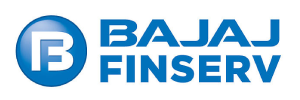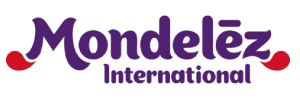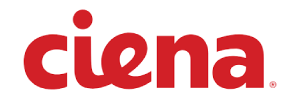Project Overview
A leading fashion brand faced the challenge of managing their online store effectively as they outgrew their existing BigCommerce setup. The limitations of their current platform were hindering their growth potential, prompting them to seek a more robust solution. After careful consideration, they decided to migrate their website to Shopify, anticipating improved SEO performance and enhanced integration capabilities with their external tech stack.
Requirements
The client's request was for a smooth migration from BigCommerce to Shopify, maintaining uninterrupted service for their customers. They aimed to preserve their SEO ranking, safeguard customer data, and uphold subscriptions throughout the transition. Furthermore, they sought additional features, page speed enhancements, and a refreshed design for their new platform.
Challenges with BigCommerce:
- Scaling Issues: As the fashion brand expanded, they encountered scalability issues with their BigCommerce store. The platform's limitations restricted their ability to accommodate growing product lines and increasing customer demands.
- Management Complexity: Managing their online store on BigCommerce had become increasingly complex and time-consuming. They needed a more user-friendly and intuitive platform to streamline their operations.
Why Shopify:
- Enhanced SEO Capabilities: Recognizing the critical importance of search engine optimization (SEO) for online visibility, the fashion brand chose Shopify for its advanced SEO features. They believed that migrating to Shopify would provide them with better tools and opportunities to optimize their website for search engines, ultimately driving more organic traffic.
- Integration with External Tech Stack: Seamless integration with their external tech stack was a top priority for the fashion brand. Shopify's extensive range of integrations and plugins offered the flexibility they needed to connect their online store with other essential tools and services, facilitating smoother operations and improved efficiency.
Challenges and Solutions
| Challenge | Solution |
|---|---|
| Migrating all the products (17,000+), Orders (60,000+) and Customers (1,00,000+) | We have migrated all the data by creating an API in order to get the data from Bigcommerce to Shopify — which we completed successfully. |
| Preserving SEO authority was a priority throughout the migration process, given the disparity in URL structures between Shopify and BigCommerce. | To maintain SEO authority, manual intervention was essential. This involved creating redirects for each product and configuration within the Google Search Console to ensure seamless transition and preservation of search rankings. |
| Enhancing page speed and optimizing load times between pages. | We gradually implemented optimizations to enhance page speed and overall site performance metrics. This involved optimizing product images, videos, and scripts to reduce load times and improve user experience. By refining these elements, we achieved significant improvements in website performance over time. |
| Expanding the functionality of certain features while ensuring that performance remain unaffected. | We expanded the functionality of the store without resorting to third-party apps. Instead, we developed these features in-house using JavaScript, minimizing the need for external scripts and reducing page load times. This approach allowed us to maintain control over performance while adding new functionalities to the store. |
Results
Migrating to Shopify addressed numerous issues stemming from the client's previous BigCommerce setup, which had become unwieldy and detrimental to their business. Throughout the transition, our paramount focus was on maintaining SEO authority while simultaneously enhancing page speed and implementing various optimizations to elevate the overall user experience.
In addition to technical improvements, our in-house design team revamped the brand's appearance with a fresh and modern design, enriching the user experience further. Following a successful migration, the brand had ambitious plans for additional features. These included setting up automated notifications to alert customers when out-of-stock items became available again, as well as integrating an AI tool to showcase cap styles on model images, offering customers a preview of the product's appearance.

 Web and Full Stack
Web and Full Stack CMS and Frameworks
CMS and Frameworks Online Marketing
Online Marketing Cloud Services
Cloud Services eCommerce
eCommerce Mobile
Mobile
























